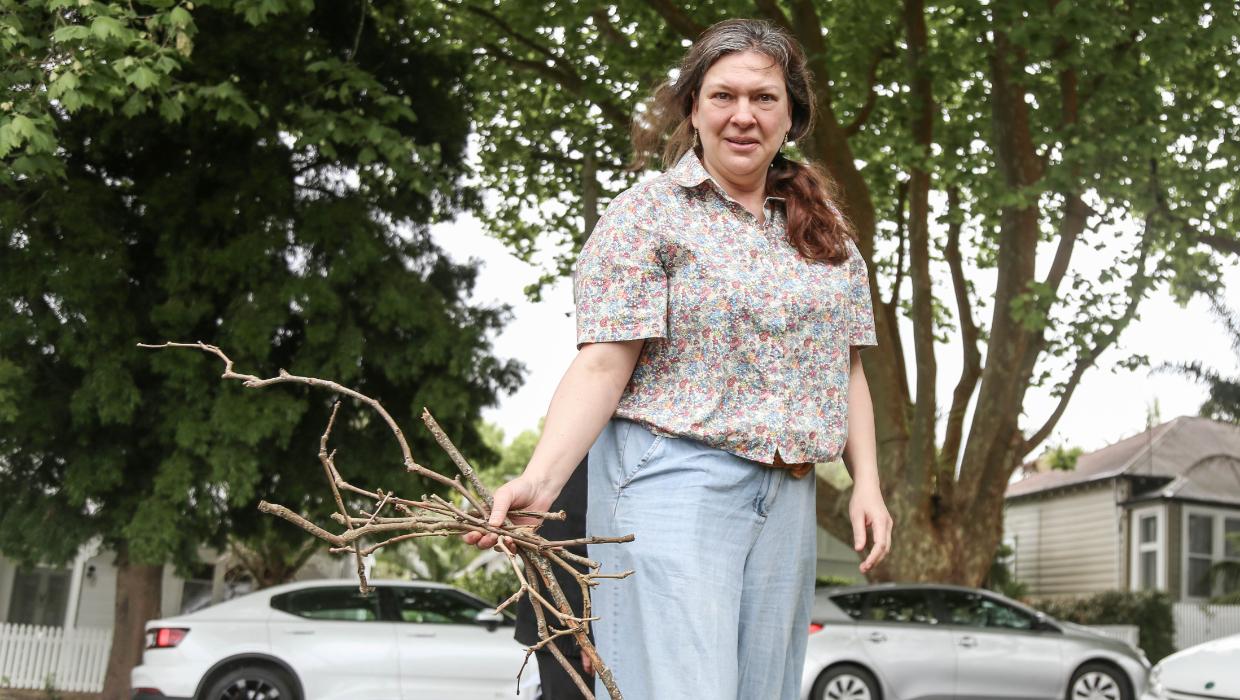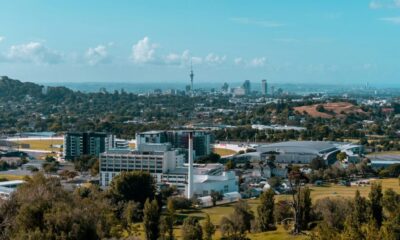Top Stories
Auckland Residents Demand Action on Problematic Plane Trees

Residents of Auckland’s suburbs are at odds over the city’s approach to tree management, particularly concerning the London plane trees that line their streets. The ongoing debate was ignited by complaints about issues ranging from pollen allergies to property damage, leading many to question the effectiveness of local governance in maintaining these trees.
Concerns have been raised by residents in neighborhoods like Grey Lynn, where trees planted during beautification efforts in the early 20th century have become a source of frustration. Local resident Suzannah Malcolm reported spending thousands of dollars on repairs due to cracked pipes caused by the tree roots. “Driving down the street feels like you are going over a bumpy dirt road due to the undulating surface from the roots below,” she expressed.
The situation worsens during storms, when falling branches can damage vehicles. Neighbour Donogh Rees added that the autumn leaf drop is “truly ridiculous,” with piles accumulating to “hip height” in her backyard. Yet, the most severe irritation comes in spring when the trees shed fine fur, causing respiratory issues for nearby residents. “It falls like snow and people don’t want to leave their homes,” Rees lamented, highlighting the health implications of the tree debris.
These persistent problems have led several households to submit grievances as part of the region-wide “Plan Change 113: Notable Trees” process. Many residents fear that granting protection status to the London planes will hinder necessary maintenance and pruning efforts. One submitter noted that the trees outside their property had not been pruned since 2017, even after multiple requests to the council.
Auckland Council’s David Stejskal, who manages urban forestry, arboriculture, and ecology, responded to the complaints by asserting that London planes receive more frequent attention than most street trees. “Streets in Grey Lynn are part of this species-specific higher-level programme,” he stated. Inspections occur annually, with pruning every two to three years, yet maintenance is contingent upon arborist recommendations.
Despite Stejskal’s assurances, residents remain skeptical. Rees suggested that if the council cannot increase maintenance visits, it would be better to remove some trees to reduce their impact. Stejskal disagreed, emphasizing the importance of preserving established trees that provide significant environmental benefits. He described London planes as among the “best-performing street trees” for their resilience to heat and ability to enhance air quality.
Tensions escalated in local meetings, with Dirk Hudig, co-chairperson of the Herne Bay Residents Association, describing discussions about tree management as “highly contentious.” Residents expressed frustration at fallen leaves cluttering their properties, including pools. Hudig argued that the council should be liable under “the law of nuisance,” suggesting that if invoked, it could lead to serious repercussions for the council regarding its responsibility for the trees and their maintenance.
Stejskal clarified that leaf removal falls under the jurisdiction of Auckland Transport, which operates a responsive program based on seasonal conditions rather than fixed schedules. Yet, residents like Darryl Brigham have faced issues with tree branches encroaching on their homes. Brigham reported difficulties in hiring a contractor to trim branches due to fears of prosecution, lamenting the lack of action from the council. “I’m not trying to embellish this or turn it into a fight, but this is just the treatment that we’re getting,” he stated.
As the debate continues, residents of Auckland’s suburbs are left grappling with the challenges posed by these trees. The outcome of the ongoing discussions will likely have lasting implications for the community’s relationship with its environment and local governance.
-

 Sports2 months ago
Sports2 months agoNetball New Zealand Stands Down Dame Noeline Taurua for Series
-

 Entertainment2 months ago
Entertainment2 months agoTributes Pour In for Lachlan Rofe, Reality Star, Dead at 47
-

 Entertainment3 weeks ago
Entertainment3 weeks agoNew ‘Maverick’ Chaser Joins Beat the Chasers Season Finale
-

 Sports2 months ago
Sports2 months agoSilver Ferns Legend Laura Langman Criticizes Team’s Attitude
-

 Politics4 weeks ago
Politics4 weeks agoNetball NZ Calls for Respect Amid Dame Taurua’s Standoff
-

 Entertainment2 months ago
Entertainment2 months agoKhloe Kardashian Embraces Innovative Stem Cell Therapy in Mexico
-

 World3 months ago
World3 months agoPolice Arrest Multiple Individuals During Funeral for Zain Taikato-Fox
-

 Sports2 months ago
Sports2 months agoGaël Monfils Set to Defend ASB Classic Title in January 2026
-

 Entertainment1 month ago
Entertainment1 month agoTyson Fury’s Daughter Venezuela Gets Engaged at Birthday Bash
-

 Sports1 month ago
Sports1 month agoHeather McMahan Steps Down as Ryder Cup Host After Controversy
-

 World1 week ago
World1 week agoSevere Winds Hit New Zealand, Over 100 Flights Canceled
-

 Entertainment1 month ago
Entertainment1 month agoTyson Fury’s Daughter Venezuela Gets Engaged at Birthday Bash




















